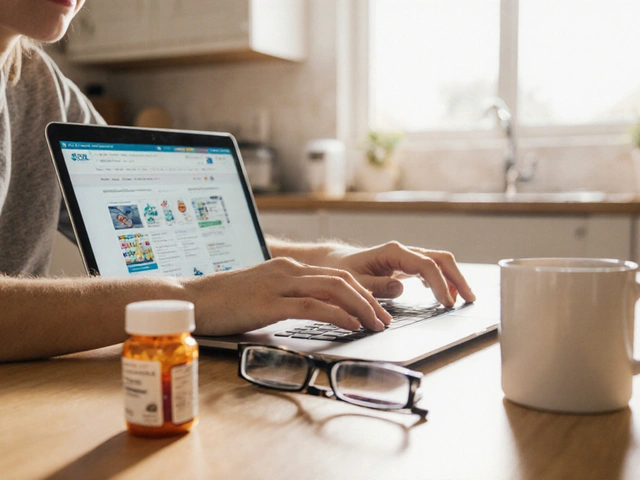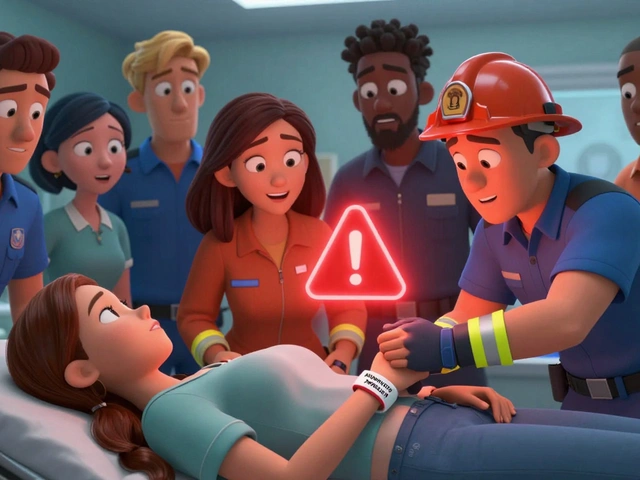Drug Costs: Practical Ways to Lower Your Prescription Bills
Prescription drugs can eat into your budget fast. If you've ever opened a pharmacy receipt and felt sticker shock, you're not alone. This page gives straightforward, usable steps to lower what you pay for medicines—no tricky jargon, just things you can try today.
Why drug costs vary so much
Price differences come from a few clear places: brand vs. generic status, pharmacy markups, insurance formularies, and where the drug is made or shipped from. Brand-name drugs cost more because makers recoup research and marketing. Generics are cheaper because multiple companies can sell the same active ingredient. Insurance plans also matter—copays, deductibles, and prior authorizations all change how much you pay at the counter.
Pharmacies set their own prices too. The same pill can cost very differently at a chain store, a local independent pharmacy, or a mail-order service. Shipping, handling, and pharmacy contracts with suppliers play a role. That’s why one quick price check can save you a lot.
Practical ways to cut your prescription bills
Ask for the generic first. When a generic exists, ask your provider or pharmacist for it. Generics have the same active ingredient and typically cost a fraction of the brand name.
Compare prices before you buy. Use pharmacy websites, apps, or call local stores. Tools like GoodRx and other coupon apps often show lower cash prices than insurance copays. Try a couple of price-check tools—one might beat the others.
Try 90-day supplies and mail-order. If it’s a stable, long-term medication, switching from a 30-day to a 90-day supply often lowers the per-month cost. Mail-order pharmacies sometimes offer lower prices and free shipping.
Use manufacturer and patient-assistance programs. Many drug makers offer coupons or free-start programs for new prescriptions and long-term financial aid for people who qualify. Check the manufacturer’s website or ask your clinic social worker if you’re eligible.
Talk to your prescriber about cost-friendly alternatives. There may be a cheaper drug in the same class that works as well for you. Ask about therapeutic alternatives and whether a lower-cost option can fit your treatment plan.
Check insurance formularies and appeal when needed. If a needed drug isn’t covered or requires prior authorization, talk with your provider’s office to file an appeal. Sometimes a simple medical justification clears the hurdle and lowers your out-of-pocket cost.
Consider community resources. Nonprofits, disease foundations, and local clinics sometimes help with medication costs for specific conditions. If you’re managing a chronic illness like diabetes or HIV, look for disease-specific assistance programs.
Small steps add up. A quick price check, asking for generics, and using a coupon can shave hundreds off annual drug spending. Try one change this week and see the difference on your next refill.

2025 Prescription Pricing Transparency: New Laws, Technology, and How to Save on Medications
Tired of the mystery surrounding prescription prices? This 2025 deep dive uncovers the latest transparency laws and revolutionary tech reshaping how Canadians and Americans shop for medications. Learn how you can spot the best deals, debunk hidden fees, and use new tools and alternatives to slash your pharmacy bills.
Categories
- Medications (50)
- Health and Medicine (47)
- Health and Wellness (34)
- Online Pharmacy Guides (15)
- Nutrition and Supplements (7)
- Parenting and Family (3)
- Environment and Conservation (2)
- healthcare (2)
- prescription savings (1)
Popular Articles



